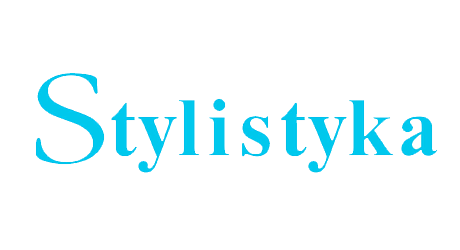

Traditionally, newspaper information paragraph has following features: neutrality in covering news, impersonal approach to reporting, narrative type of writing. Narrative verba! means prevail in newspaper information paragraphs. The composition of an information text as well as spec i al methods and techniques of presenting information are to ensure brief, true and fair covering the news on actuality. Consequently, information paragraphs contain only those verba! means of emphasis, which serve a purpose of social objective coverage of the subject. Dramatic changes in the post-Soviet Russia resulted in stylistic modifications in composition of media-texts. These modifications include increased efficiency of media-texts and extended list of verba! means of emphasis, used primarily in information genres. Particularly, frequency of verba! means of emphasis expressing subjective modality can be easily seen in newspaper information paragraphs.
The article, based on information paragraphs from "The Kommersant" (issues of years 1999 - 2000) treats the problem of using verba! means of emphasis, which are not typical for this particular newspaper genre. They are used to make the information more reliable, persuasive. These verba! means compose various combinations with the verba! means common for the genre of information paragraph. Such emphatic means as pun, idiom modification, augmentation of their syntagmatic associations, allusions with preceding texts, "interactive" type of narration (which often deals with spoken language) are often used in the information paragraphs concemed. All the verba! means mentioned above well integrate into the generał pragmatic structure of information paragraph and help to present a complete coverage of actuality at informational and emotional levels.
##plugins.themes.libcom.download_files##
##plugins.themes.libcom.cit_rules##
##plugins.themes.libcom.licence##